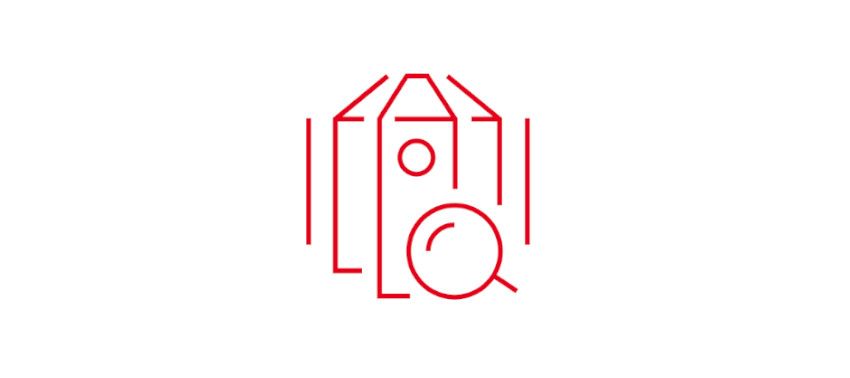Single-use Tyvek® IsoClean® vs. Polyester reusable textile - penetration by hydrostatic head

DuPont scientists tested the barrier performance of a commercial polyester, reusable textile garment, typically used in European cleanrooms and Clean & Sterile Tyvek® IsoClean® garment model IC 183 B DS. The tests were performed on new garments and results do not include garment wear and multiplewashing and irradiation cycles.
The tests measured penetration by hydrostatic head and included the following:
1. Test method according to en 20811 - Determination of resistance of textile fabrics to water penetration – method of hydrostatic pressure

2. Manual permeability test - Pfaff tester controlling the permeability with a testing pressure set manually

One can see that both tests show clearly demonstrate barrier performance of both fabrics:
- Hydrohead Test (EN 20811) shows that Tyvek® IsoClean® Clean & Sterile is significantly more resistant to water than the reusable polyester fabric.
- Manual permeability test also proves that Tyvek® IsoClean® Clean & Sterile is by far more resistant to water than the reusable polyester fabric.
Discover the results of the tests: Tyvek IsoClean vs Reusable Polyester Textile - Hydrohead Tests
More information on Tyvek® IsoClean® and sample service available at www.tyvek.co.uk/isoclean
This information corresponds to our current knowledge on the subject and may be subject to revision as new knowledge becomes available. It is your responsibility to investigate other sources of information on this issue that more appropriately address your product and its intended use. This information is not intended for use by you or others in advertising, promotion, publication or any other commercial use. DUPONT MAKES NO WARRANTIES OF ANY KIND REGARDING THIS INFORMATION AND ASSUMES NO LIABILITY WHATSOEVER IN CONNECTION WITH ANY USE OF THIS INFORMATION. This information is not a license to operate under, or intended to suggest infringement of, any existing trademarks or patents.



